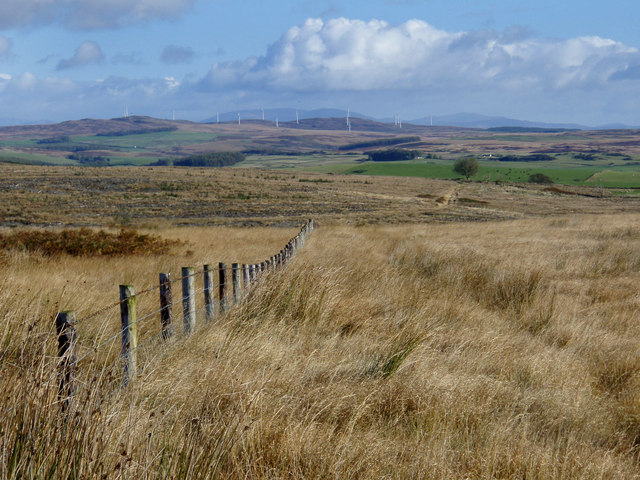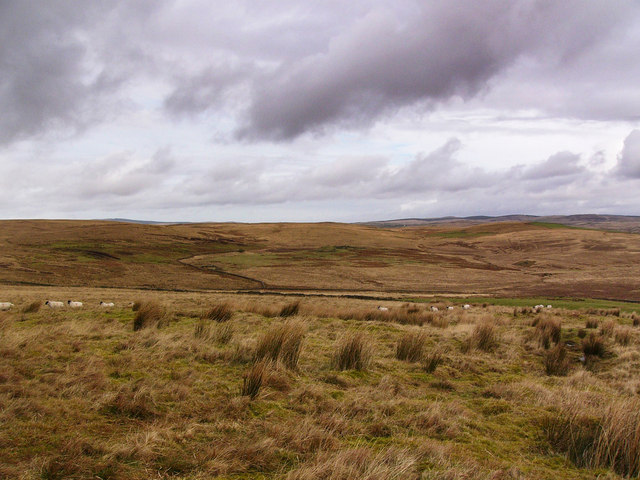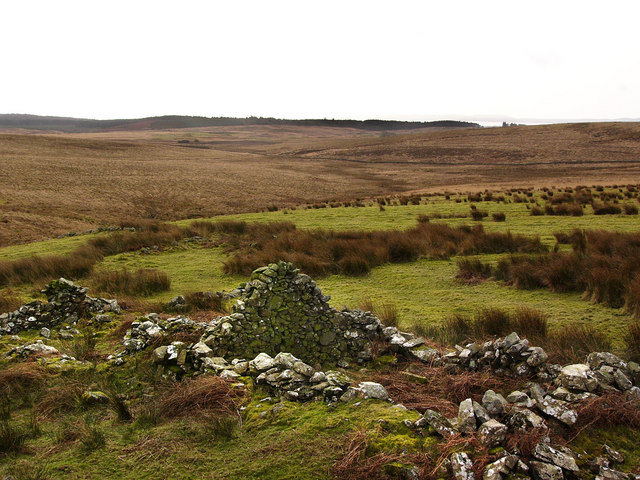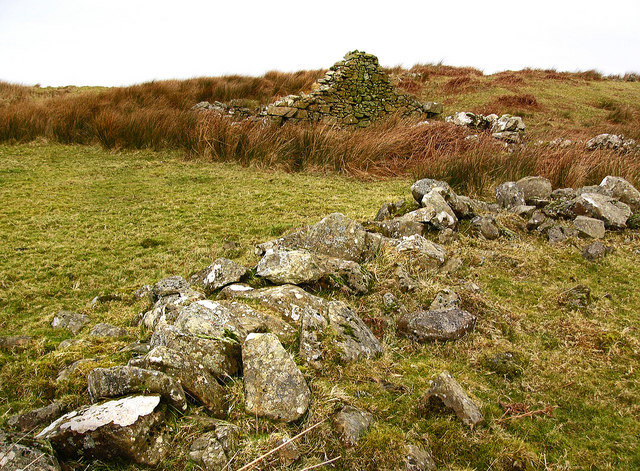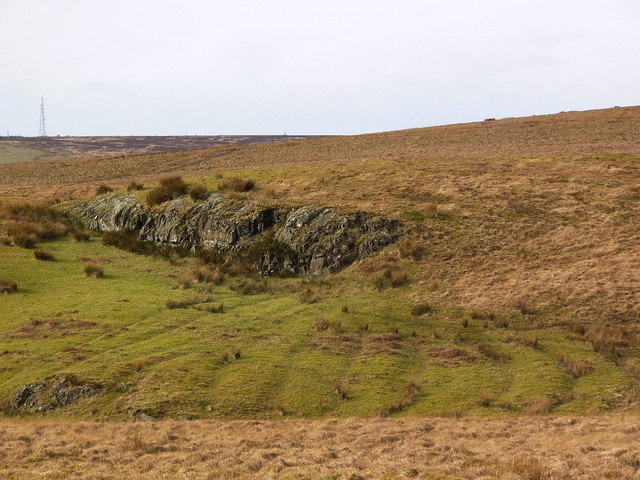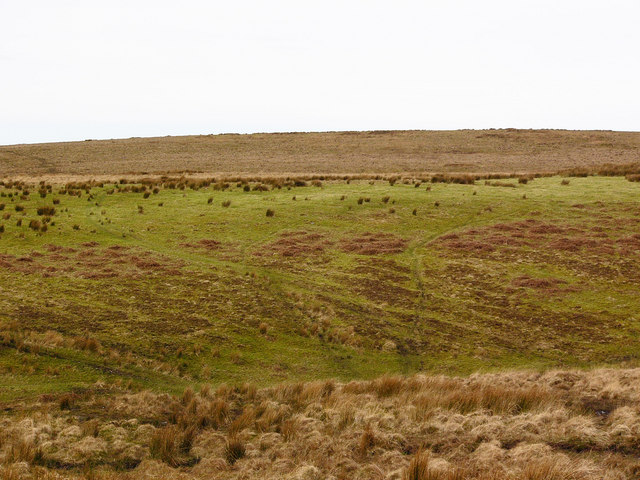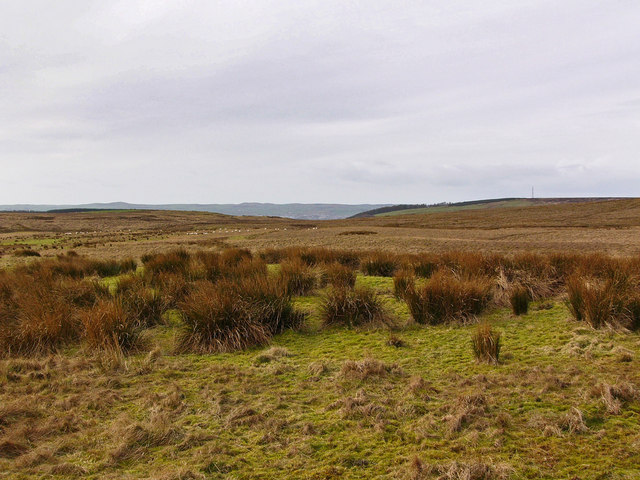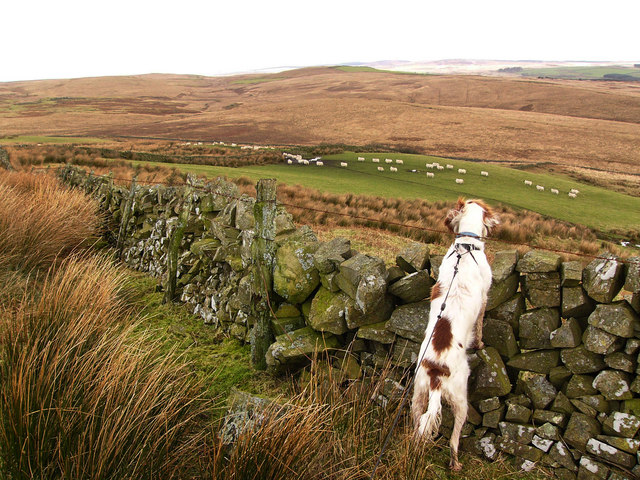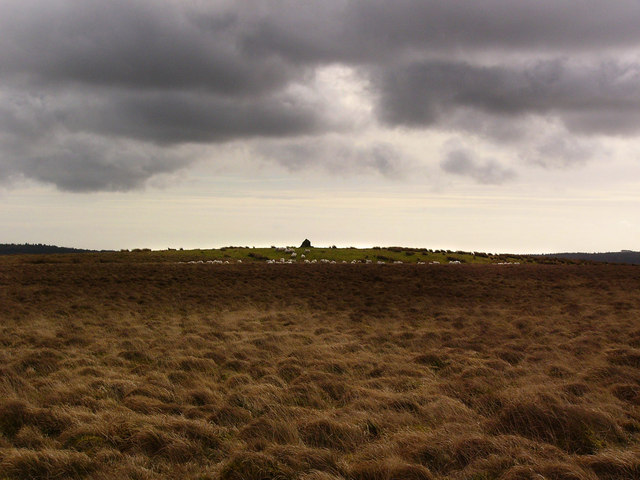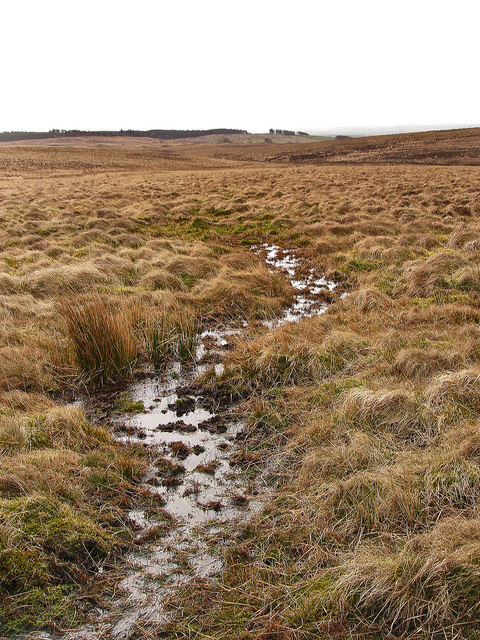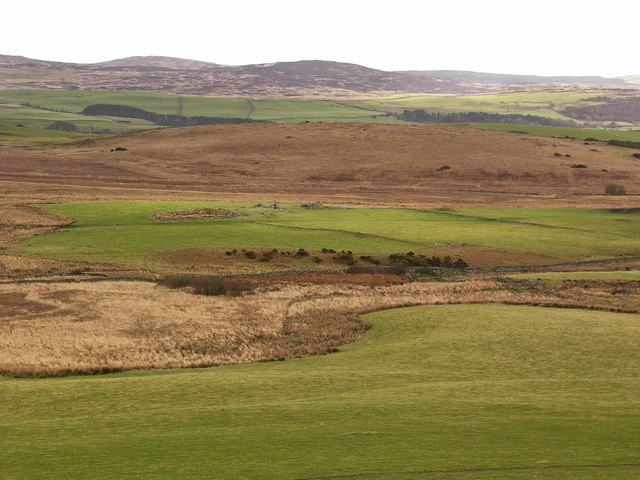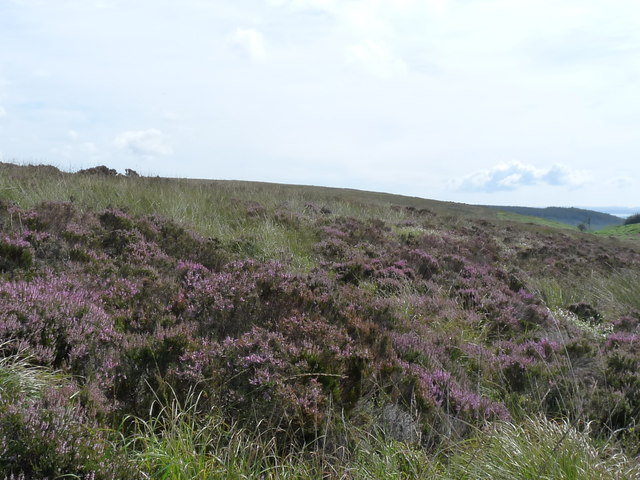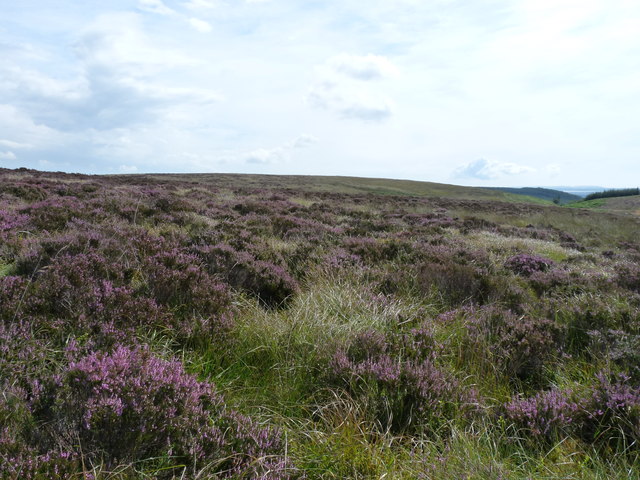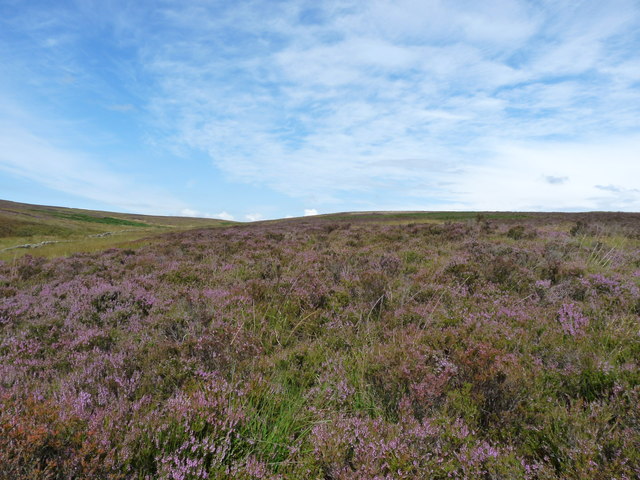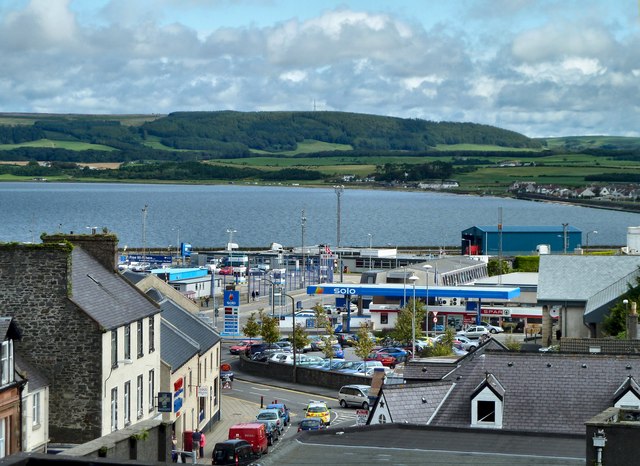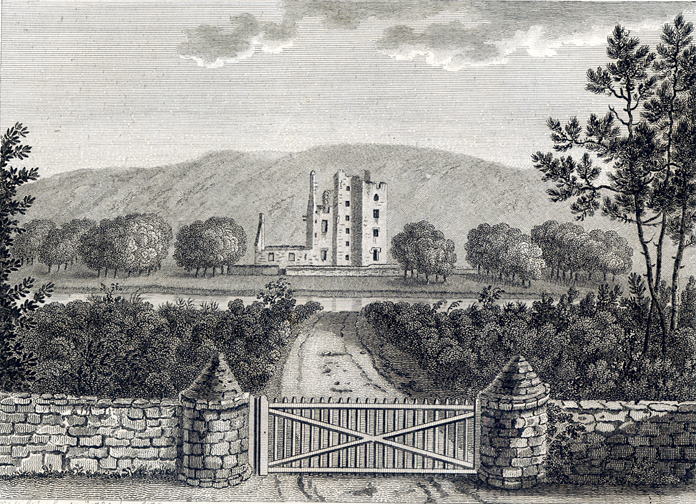Sound Hill
Hill, Mountain in Wigtownshire
Scotland
Sound Hill
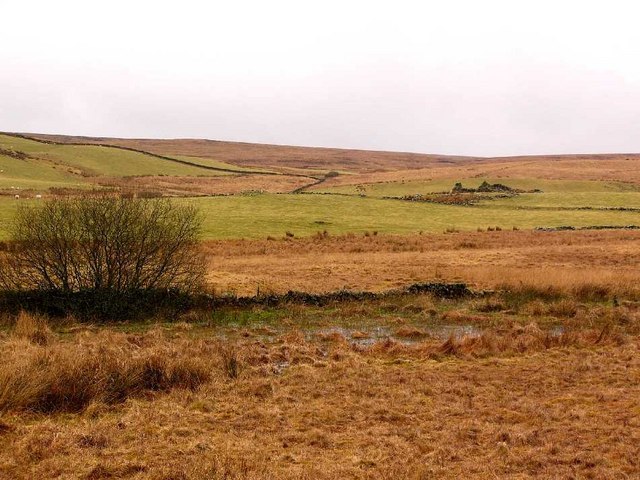
Sound Hill is a prominent hill located in Wigtownshire, a historic county in the southwestern part of Scotland. Rising to an elevation of approximately 198 meters (650 feet), it is a notable landmark in the region. The hill is situated near the village of Port William and offers breathtaking panoramic views of the surrounding countryside and the Irish Sea.
Sound Hill is predominantly composed of granite, which gives it a distinctive rugged appearance. Its slopes are covered with heather and grass, creating a beautiful contrast against the grayish rock. The hill is known for its diverse flora and fauna, with several species of birds, butterflies, and wildflowers thriving in its vicinity.
The summit of Sound Hill provides an ideal vantage point, offering visitors a panoramic view of the picturesque coastline and the vast expanse of the Irish Sea. On clear days, one can even catch a glimpse of the Isle of Man in the distance. Many hiking enthusiasts are drawn to Sound Hill, as it offers a variety of trails catering to different skill levels.
The hill is also steeped in history, with archaeological evidence suggesting human activity in the area dating back thousands of years. It is believed that the hill was once settled by ancient communities, and remnants of ancient burial sites have been discovered nearby.
Sound Hill is not only a natural wonder but also a cherished part of the local community. It serves as a recreational area for locals and visitors alike, providing an opportunity to connect with nature and experience the tranquility of the Scottish countryside.
If you have any feedback on the listing, please let us know in the comments section below.
Sound Hill Images
Images are sourced within 2km of 54.935829/-4.9131591 or Grid Reference NX1364. Thanks to Geograph Open Source API. All images are credited.
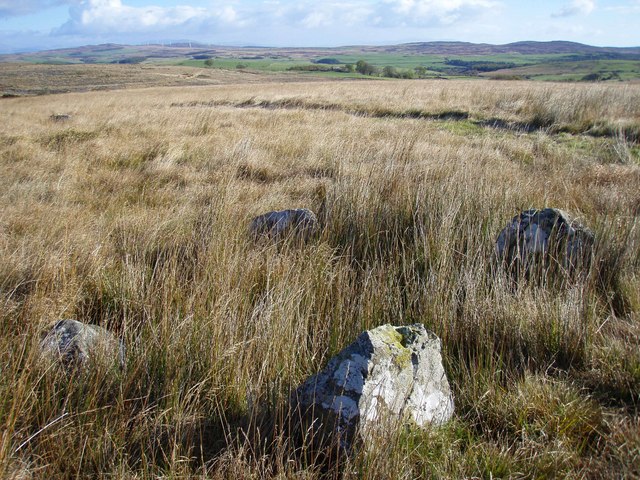
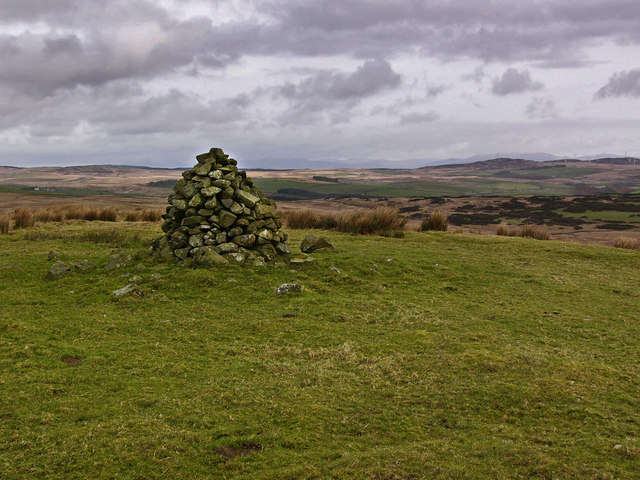
Sound Hill is located at Grid Ref: NX1364 (Lat: 54.935829, Lng: -4.9131591)
Unitary Authority: Dumfries and Galloway
Police Authority: Dumfries and Galloway
What 3 Words
///disprove.cleans.equality. Near Cairnryan, Dumfries & Galloway
Nearby Locations
Related Wikis
Inch, Dumfries and Galloway
Inch is a civil parish in Dumfries and Galloway, southwest Scotland. It lies on the shore of Loch Ryan, in the traditional county of Wigtownshire.The...
New Luce railway station
New Luce railway station served the village of New Luce, Dumfries and Galloway, Scotland from 1887 to 1965 on the Girvan and Portpatrick Junction Railway...
Castle Kennedy (castle)
Castle Kennedy is a ruined 17th-century tower house, about 3 miles (4.8 km) east of Stranraer, Dumfries and Galloway, Scotland, around 0.5 miles (0.80...
New Luce
New Luce (Scottish Gaelic: Baile Ùr Ghlinn Lus) is a civil parish in Dumfries and Galloway, south-west Scotland. It lies in the traditional county of Wigtownshire...
RAF Castle Kennedy
Royal Air Force Castle Kennedy, or more simply RAF Castle Kennedy, is a former Royal Air Force satellite station located in Castle Kennedy, Dumfries and...
Castle Kennedy
Castle Kennedy is a small village 3 miles (4.8 km) east of Stranraer in Dumfries and Galloway, south-west Scotland. It is on the A75 road, and is within...
Castle Kennedy railway station
Castle Kennedy railway station served the village of Castle Kennedy, Dumfries and Galloway, Scotland from 1861 to 1965 on the Portpatrick and Wigtownshire...
Aird, Dumfries and Galloway
Aird (Gaelic:An Àird) is a village in Dumfries and Galloway, in the southwest of Scotland. It is 2.5 miles (4.0 km) east of Stranraer and 1 mile (1.6 km...
Nearby Amenities
Located within 500m of 54.935829,-4.9131591Have you been to Sound Hill?
Leave your review of Sound Hill below (or comments, questions and feedback).
